I waited way too long to tell this story. So long, in fact, others have already told it. Because of that, I have to approach this from another angle—a sipping angle.
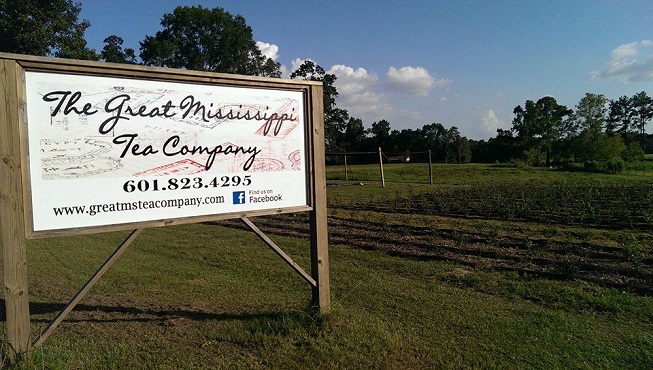
The Great Mississippi Tea Company first popped up on my radar in the spring (or was it summer?) of 2012. Where? On this here Tea Trade network. A new user—Jason McDonald—announced he and his business partner (Timothy Gipson) had just broken ground on a new tea farm.

No plants were put in, yet. In fact, aside from clearing away brush and foliage, the land was still very . . . land-like. Earlier that year, both got the idea to grow tea after visits to the Charleston Tea Plantation in South Carolina. Jason had access to a bit of land thanks to familial ties in Lincoln County, Mississippi. Jason originally used his access parcel for timber farming, but after a few bad years, he chose to change direction with it.
Following that announcement, another user on this blog’s home site also had their curiosity peaked. One Nigel Melican of Tea Craft.
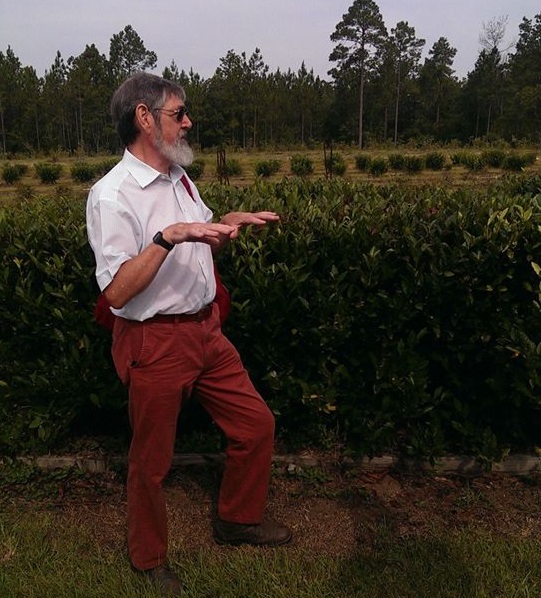
I have no idea what happened after that; I’m not privy to the private consultation conversations that took place since. However, a year or so later, plants were acquired, potted, and a tea farm was plotted. From there, a general direction for the farm was the next course of action.

In 2015, test runs of actual teas were made from Mississippi leaf stock for entry into the Tea of the United States Awards in Hawaii. They brought in renowned tea maven Beverly Wainwright to help process oolongs and black teas for the competition. While I wasn’t there, I did hear from several sources that the garden products cleaned house. There was something special there, an untapped potential.
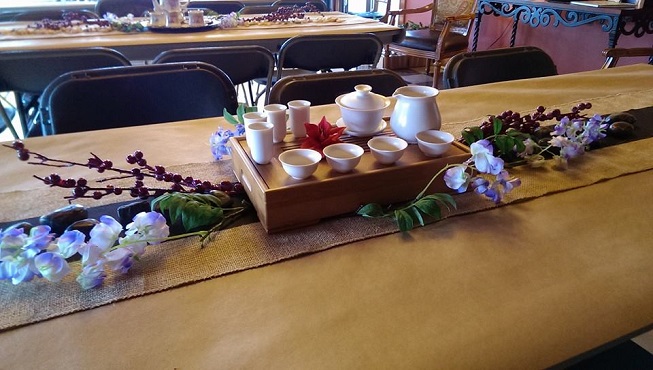
In 2016, I had a chance to try a few of those very experiments. Jason and I were basically housemates under the watchful hostess-ing of Naomi “Joy’s Teaspoon” Rosen at World Tea Expo that year. That particular day, I was attending a fancy tea dinner with a friend (Other Nicole), and one of my blogger compatriots basically said, “Mississippi tea, get back here!”
We left fashionably early.

All of us were surprised by the almost-cassia notes that came off the black teas we tried. That and a not-too-pronounced sharpness that could’ve been more emphasized. All said, pleasant black teas across the board. Even the one that was experimentally “baked” in a microwave.
By 2017, they finally got the recipes down for two flagship teas they considered ready for the market. That year, they basically took an unused shed on the property and . . . extended it. Creating a full-on tea shack. They even named it “The Tea Shack”.

In all seriousness, it became Timothy’s mad tea science lab.
Mississippi grown black tea and green tea went live on the website for the Dallas-based outfit- The Cultured Cup in the spring of 2018.
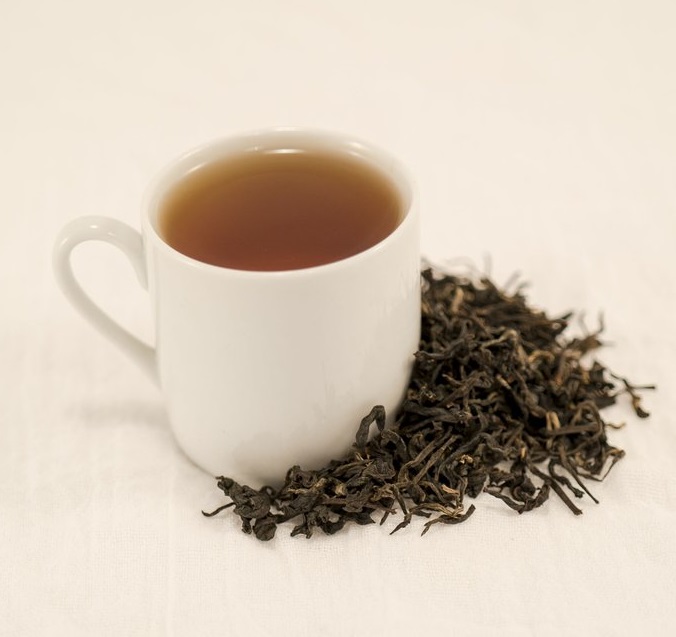
And they sold out in a little under a month.
I didn’t even know the teas were available until I heard some of the whining from tea friends who didn’t partake. For the most part, I kept my own whining down to a dull whimper. And then came the summer of that year.
Tea friend Marilyn threw one of her usual garden tea parties that summer, and we went through a wide variety of teas. Then she asked everyone if they wanted to try some Black Magnolia from Mississippi. I just about leapt out of my seat.
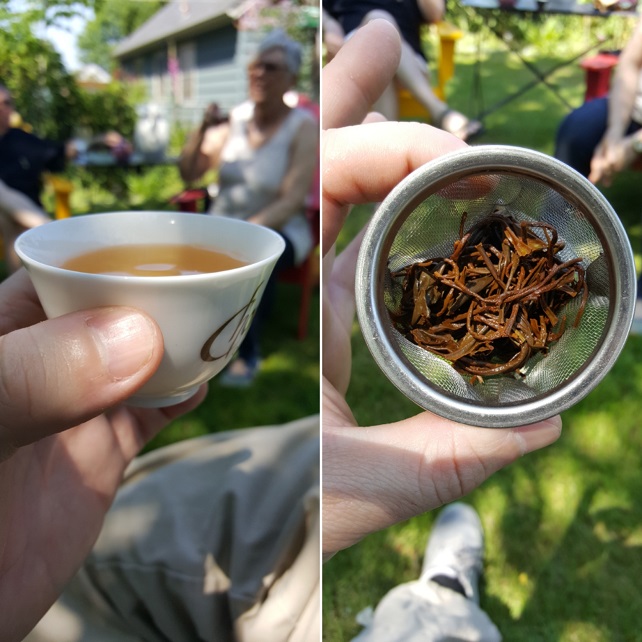
It was markedly different from the black tea I tried in 2015. The cassia notes weren’t there, but instead that stone fruit sharpness I detected was significantly ratcheted up. Which I liked! In every way, it either reminded me of a black Dan Cong or a Korean black tea. I even said as much to Jason and Timothy when I saw them at World Tea Expo again the following month.
Jason then asked if I’d tried the Mississippi Queen, yet. I uttered a negative. The green tea had not reached my palate. Timothy then tossed me a 1.5oz. bag of Mississippi Queen. I made liberal use of it over the course of the summer, even while filming episodes of a short-lived tea podcast.
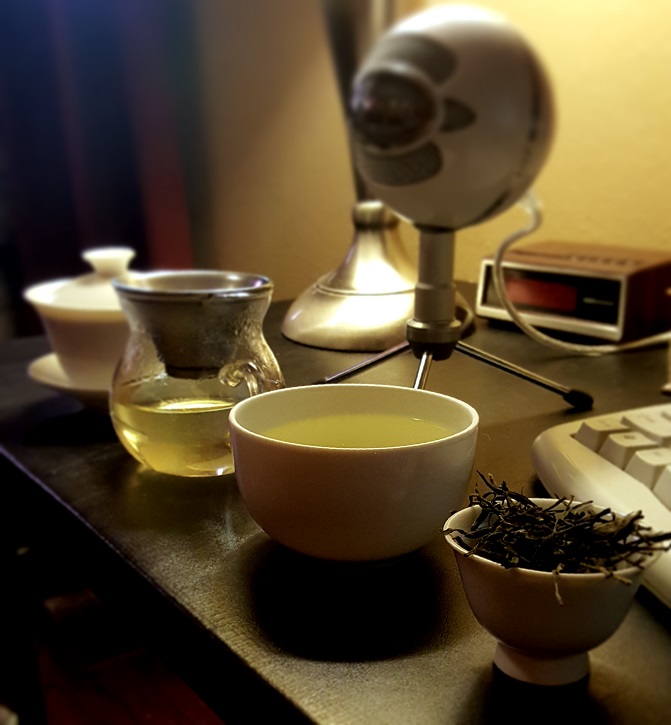
If a sencha was made from larger leaf oolong stock, that’s what the Mississippi Queen would be. The leaves and stems were huge, and the flavor was sweet, thick, and—somehow—delicate. The most fun I had with it was playing with brewing temperatures; it could pretty much take any sort of beating.
In the autumn of 2018, they announced the arrival of an oolong they called “Delta”. Like, a legit, bruised, rolled, and oxidized oolong, not just a semi-oxidized tea passing as an oolong. This time, I was ready for it.

If I could compare it to any existing oolong style, it closely matched a Baozhong—both in shape and palate. The flavor was buttery, smooth, but also floral and young-seeming. It didn’t quite steep as long as a Baozhong, didn’t hold up to gong fu preps quite as well, but it really shined when allowed to steep forever—grandpa style.
Which brings us to 2019. I remember them mentioning wanting to make a yellow tea that prior summer. Not so subtly, I tried to dissuade them from it. Yellow teas were difficult to reproduce due to the complex “wrapping” one needed to administer in processing. Well, they gave it a go, anyway.
When I asked how the first experiments went, Jason replied, “Well . . . it’s yellow.”
Thanks to some dealings, I was able to get my claws on some of the early experiments. (Thanks Jo!)
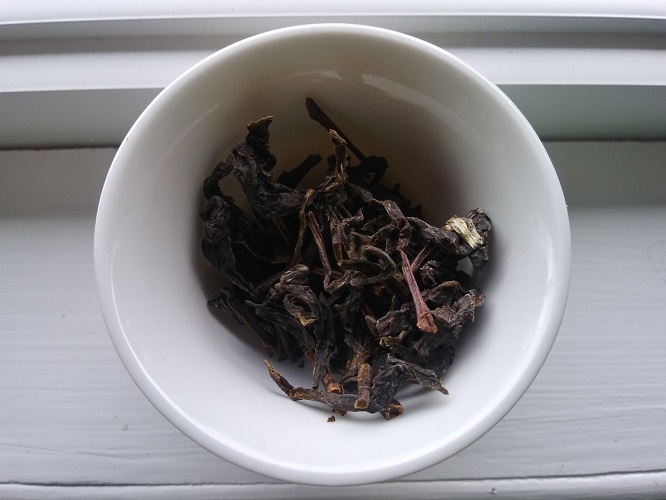
Basically, if someone had roasted an already-made Mo Gan Huang Ya over a spit like a slab of pork . . . that’s how it tasted. I didn’t mind it, and—quite frankly—I preferred it over most yellow teas. Definitely not perfected, though.
And I considered that the end of the story, but when I saw Jason and Timmy at the Tea Fest PDX this year, they agreed to send me the finished yellow tea product: Mississippi Sunshine. I suppose they wanted me to have a more well-rounded picture of said tea.
(I also begged a little.)
In the autumn, I dug in.
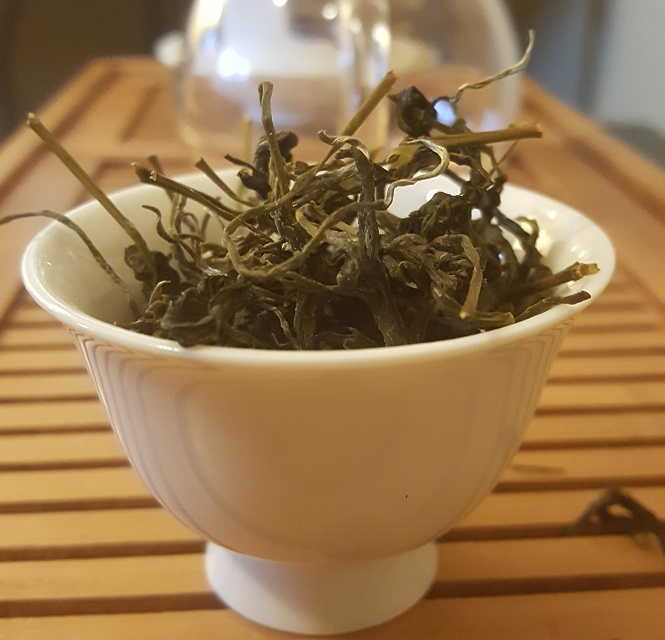
The leaves were incredibly unusual—like, more unusual than any other tea (of any other color) I’ve come across. The color spectrum on display was mind-blogging; leaves ranged from yellows and greens, to beiges and browns. And all shades in between. The aroma was even more perplexing. When I first opened the bag, familiar notes like those of a green tea came forth. But then . . . it veered off the rails. What at first reminded me of An Ji Bai Cha swerved into aromatic territory I couldn’t properly describe. I likened it chicken jerky lathered in Asian plum wine sauce.
I adhered to the brewing instructions to the letter, or as much as my electric kettle would allow me. I used roughly two-to-three grams of leaf in a six-ounce gaiwan, steeped in water heated to 175F degrees (or as close as I could get it), and a steep of three minutes. Traditional yellow teas were fiercely temperamental about their brewing specs.
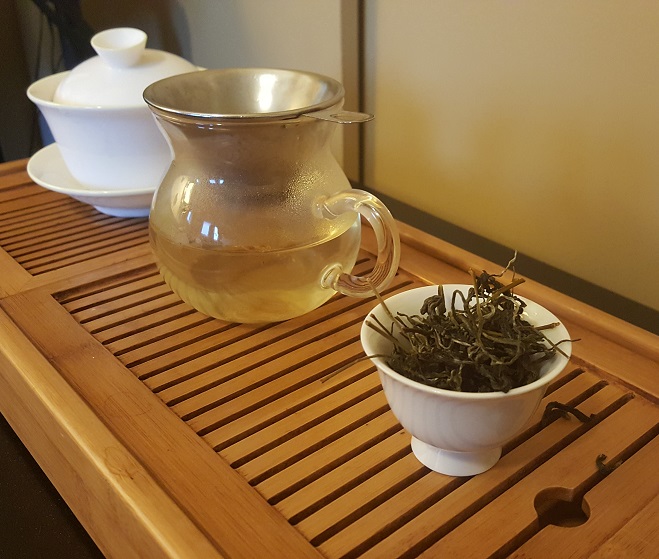
The liquor brewed up . . . well . . . yellow! And the steam aroma projected that of a Chinese green tea of superior make, like a Tai Ping Hou Kui or Liu An Gua Pian. Not overly grassy or vegetal, but gently forest like with a sweet, nutty trailing scent. As for taste . . . yep, that too was yellow! Huang Ya, to be more precise. Mo Gan Huang Ya, if you want more subjective precision. (Like the proto-version! Only not on fire!) It had the body of a green tea, a bit of the spry, herbaceous character, but no offensive bitterness or vegetal lean. Functionally, these good ol’ boys accomplished what they set out to do.
I have absolutely no clue what they’ll set out to do next. Jason mentioned several possibilities, and I have spaced them all, which is probably for the better. If the Great Mississippi Tea Company is perfect at one thing, it’s surprising everyone and surpassing expectations.
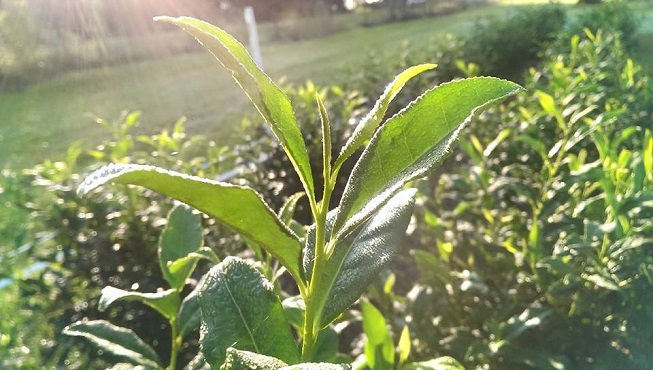
To buy their teas, go HERE.
To learn more about the garden, go HERE.
Leave a Reply